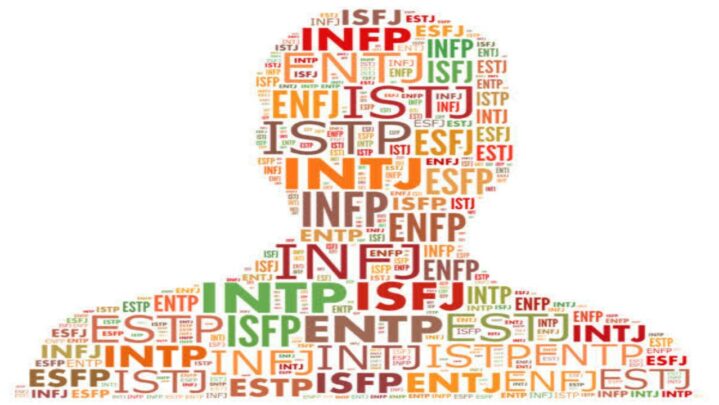The Myers-Briggs Personality Type Indicator is a self-assessment tool that helps people figure out their personality type, strengths, and preferences. Isabel Myers and her mother Katherine Briggs created the test based on their research into Carl Jung’s personality types hypothesis. The MBTI personality test is now one of the most extensively utilized psychological tools in the world.
The MBTI’s purpose is to help people better understand and explore their personalities, including their likes, dislikes, strengths, weaknesses, potential job choices, and compatibility with others. It’s not a tool for detecting dysfunction or abnormalities. Its sole purpose is to assist you in learning more about yourself. There are four separate scales in the questionnaire.
Extraversion (E) – Introversion (I)
In his theory of personality types, Jung originally examined the extraversion-introversion dichotomy as a way to describe how people respond to and interact with the world around them.
Extraverts (also known as extroverts) are “outward-facing” persons who are action-oriented, love regular social interaction, and feel rejuvenated after spending time with others. Introverts are “inward-turning,” meaning they are focused on their thoughts, like deep and meaningful social relationships, and feel rejuvenated after spending time alone.
Sensing (S) – Intuition (N)
This scale considers how people gather information from their surroundings. People tend to be dominant in one of two areas, according to the MBTI. People who enjoy sensing are more likely to pay attention to reality, especially what they may learn through their senses.
They appreciate acquiring hands-on experience and tend to focus on facts and details. Patterns and sensations are more important to those who value intuition. They like pondering possibilities, picturing the future, and debating complex concepts.
Thinking (T) – Feeling (F)
This scale examines how people make decisions based on data obtained through their sensing or intuition processes. Facts and objective data are more important to people who prefer to think. When making a decision, they are usually consistent, logical, and impersonal. Those who prefer to feel are more inclined to think about people and emotions when making decisions.
Judging (J) – Perceiving (P)
The last scale takes into account how people deal with the outside environment. Structure and strong conclusions are preferred by those who incline toward judging. Perceiving people are more open, flexible, and adaptive than perceiving people. The other scales interact with these two tendencies.
Keep reading successyeti.com
Also Read: ISFP Personality? Here Are The Best Careers For You





